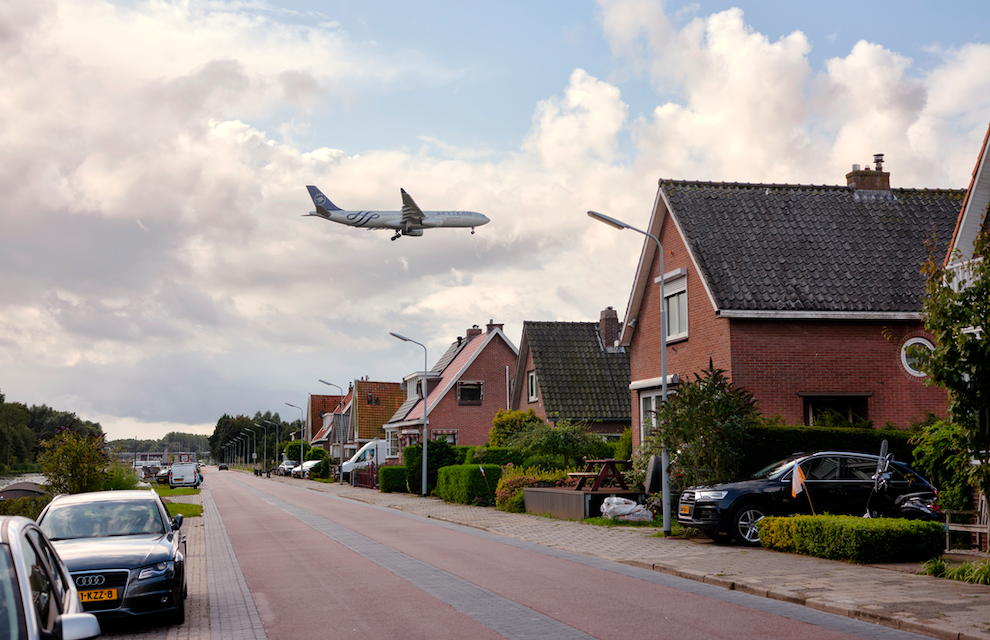Today, Air Traffic Control the Netherlands (LVNL) implemented one of the minderhinderschiphol.nl measures to reduce noise nuisance: ‘Landing using GPS navigation’. GPS will be used to help aircraft navigate towards the runways at Schiphol. This means more efficient flight paths and less noise nuisance.

Published on: 12 August 2021
Less nuisance thanks to GPS
Using GPS, or satellite navigation, the pilot of a plane uses pre-programmed points in the navigation system to follow a particular flight path. One advantage is that it makes it possible, when visibility is sufficient, to initiate the final approach towards any of the runways. When a runway’s Instrument Landing System is not available, due to maintenance works for example, aircraft can still land using GPS navigation. As a result, planes can continue to land on the runways that cause the least noise nuisance in relevant terms.
Ground beacons
Thanks to GPS navigation, air traffic is no longer dependent on navigation beacons on the ground. LVNL will disable five of the nine beacons, which will lead to energy savings and less maintenance work. Navigation beacons at Schiphol, Rotterdam, Eelde and Maastricht will continue to operate as back-up. When devising new flight paths, LVNL no longer has to rely on the ground navigation beacons. This means that they can develop more efficient flight routes. With newly designed routes, aircraft can fly more direct routes to Schiphol and, where possible, avoid heavily-populated areas. Moreover, aircraft can descend more gradually and use less engine power. This leads to less noise nuisance.
Read more about the advantages of GPS navigation on LVNL.nl. Go to minderhinderschiphol.nl. to see more nuisance-reducing measures (information in Dutch).